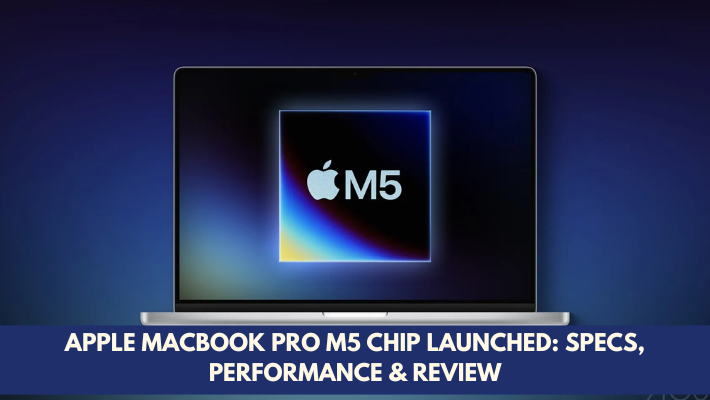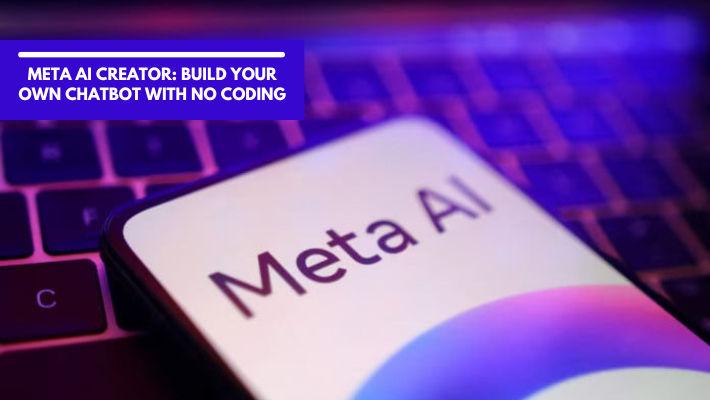What is Grokipedia?
Grokipedia is a new AI-powered online encyclopedia launched by Elon Musk’s artificial intelligence company, xAI, intended to be a rival to Wikipedia.
Musk has promoted it as an alternative that is less prone to what he calls “editorial bias,” with the ultimate goal being “the truth, the whole truth, and nothing but the truth.” The platform is powered by the Grok conversational AI model, which generates and “fact-checks” the content.
Grokipedia is an AI-powered online encyclopedia developed by Musk’s company xAI and launched on October 27, 2025. According to its announcement, Grokipedia is designed to serve as a “massive improvement over Wikimedia Foundation’s Wikipedia” and to provide a new knowledge base where content is generated and curated by AI rather than relying entirely on volunteer human editors.
Key launch facts
-
Grokipedia launched version v0.1 on 27 October 2025 and at that time reportedly had about ≈ 885,000 to 900,000 articles.
-
By comparison, Wikipedia has over 7-8 million English‐language articles.
-
The homepage is minimalist: search bar, dark theme, and a notice of “version 0.1”.
-
Many articles appear to either derive heavily from or directly copy Wikipedia entries and are labelled as “adapted” from Wikipedia under Creative Commons licences.
-
The project is being positioned as a “corrective” to what Musk perceives as ideological or editorial bias in Wikipedia—particularly left-leaning or progressive bias.
How Grokipedia works (or is claimed to work)
-
The core content generation is done by the AI chatbot/model Grok (also developed by xAI). The AI model creates, edits and fact-checks entries for Grokipedia.
-
Human volunteer editing appears minimal or non-existent, according to early reports. The platform is described as using automated systems rather than the conventional crowdsourced model.
-
The platform emphasises swift updating, AI efficiency, and claims to reduce “propaganda” or “bias” inherent in traditional encyclopaedias. Musk has described it as “super important for civilization” in context of xAI’s broader goals.
Grokipedia vs. Wikipedia: Key Differences
The core difference lies in their content creation model, editing process, and transparency.
| Feature | Grokipedia (xAI/Grok) | Wikipedia (Wikimedia Foundation) |
| Content Source | Primarily generated and maintained by xAI’s Grok large language model (AI-driven synthesis). | Written, edited, and refined by millions of volunteer human editors (Community consensus). |
| Editing & Oversight | Users cannot directly edit articles; they can only submit corrections or flag inaccuracies for the Grok AI to process and autonomously revise. | Open editing for nearly all users, with a rigorous system of community oversight, discussion (“Talk Pages”), and policy adherence. |
| Transparency | The AI’s internal logic is a “black box.” There is no public edit history showing why the AI made a change. | Full revision history is public, showing every single change, timestamp, and the user who made it, along with visible discussion on the article’s talk page. |
| Scale | Launched with under one million entries (Version 0.1) and is still growing. | Hosts tens of millions of articles across hundreds of languages. |
| Business Model | Part of xAI, a for-profit venture; its content can reflect algorithmic bias and the influence of its developer. | Run by a non-profit foundation; content is available under free open licenses (Creative Commons). |
| Update Speed | Designed for near real-time updates by connecting Grok to live data feeds, including information from X (formerly Twitter). | Updates depend on human editors, making it generally slower to react to breaking news, but prioritizing verified secondary sources. |
Both platforms feature in-depth, structured articles segmented by headings and subheadings. However, Grokipedia’s initial articles (Version 0.1) may be shorter and less comprehensive than the massive database built by Wikipedia over two decades. Critics have noted that some early Grokipedia content appears to be adapted or copied directly from Wikipedia itself, complete with a licensing disclaimer.
What to Watch Going Forward
-
How many articles Grokipedia will scale to (from ~0.9 million) and how fast it catches up to Wikipedia’s scale.
-
Whether Grokipedia will open up to broader public editing, or remain largely AI-driven/controlled.
-
How it handles corrections, disputes, and oversight: Will it present edit history, discussion pages, governance transparency like Wikipedia?
-
The extent to which Grokipedia changes its editorial/slant over time: Will it reduce bias concerns? Will it maintain its ideological positioning?
-
How search engines, educational institutions and libraries respond: Will they treat Grokipedia as a credible source?
-
Technical reliability: how it addresses hallucinations, misinformation, and updates content dynamically.
-
Legal/ethical questions: copyright/licensing (since many entries apparently derive from Wikipedia), transparency of AI training data, and responsibility for errors.
-
User adoption, trust metrics, and critique from academia and media: whether Grokipedia becomes widely used or remains niche.




